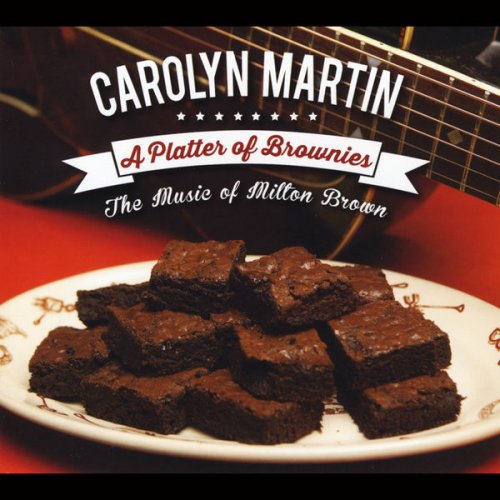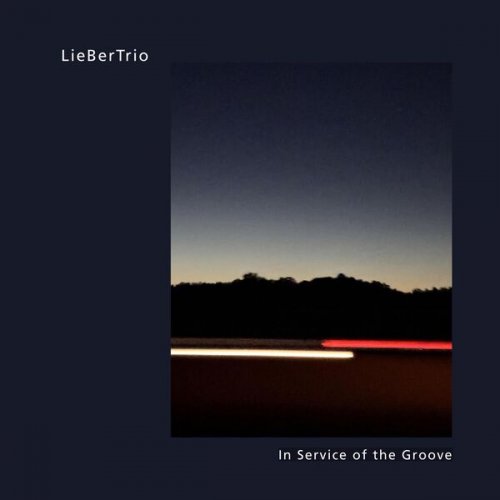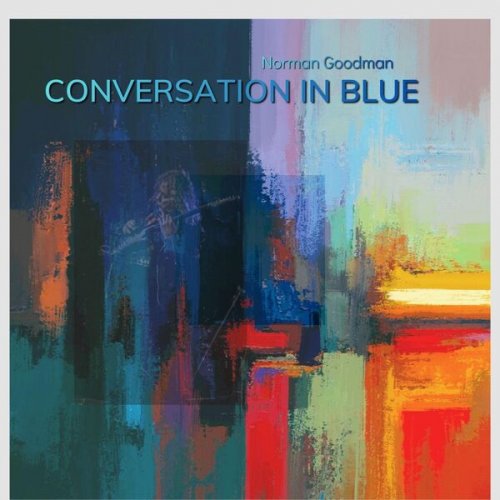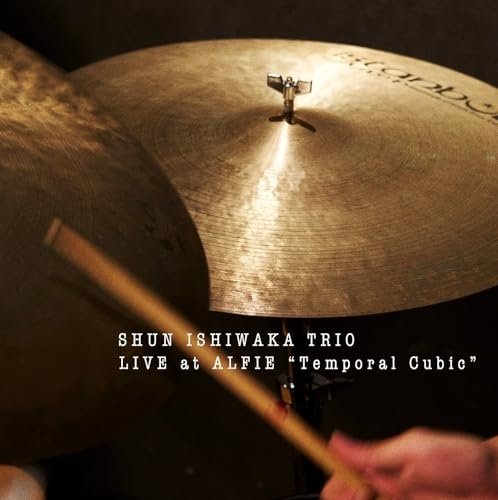VA - Immortalis: A Journey into the World of Sacred and Secular Music (2005)
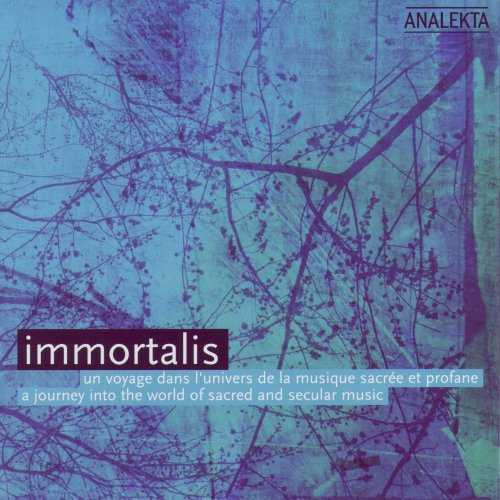
Artist: Various Artists
Title: Immortalis: A Journey into the World of Sacred and Secular Music
Year Of Release: 2005
Label: Analekta
Genre: Classical
Quality: FLAC (tracks)
Total Time: 02:04:09
Total Size: 607 Mb
WebSite: Album Preview
Tracklist: Title: Immortalis: A Journey into the World of Sacred and Secular Music
Year Of Release: 2005
Label: Analekta
Genre: Classical
Quality: FLAC (tracks)
Total Time: 02:04:09
Total Size: 607 Mb
WebSite: Album Preview
CD 1
1. Ave Maria gratia plena a 8 (De Victoria) 04:45
2. Motet O qui coeli terræque in E-flat Major: Aria (Largo) (Vivaldi) 07:07
3. Stabat Mater: O quam tristis: Andante (Vivaldi) 01:45
4. Stabat Mater: Quis est homo: Largo (Vivaldi) 03:28
5. Jonas: Ninivitae: Chorus (Carissimi) 02:07
6. Sonata No. 3 in D Minor: Andante (Bach)Arion 04:54
7. Jesus, que ma joie demeure (BWV 147) (Bach)A 03:08
8. Bist du bei mir (BWV 508) (Stolzel) 02:30
9. Ein feste Burg ist unser Gott (Bach) 02:50
10. Missa "Ut, Re, Mi, Fa, Sol, La" a 6: Agnus II (Palestrina) 03:09
11. Populo Israel: Chorus 1 (Carissimi) 01:18
12. Populo Israel: Chorus 2 (Carissimi) 03:49
13. Adagio (Albinoni)A 08:17
14. Ave Maria (Gounod)Lyne Fortin 5:31
15. Panis Angelicus (Franck)A 03:56
16. Missa "Ut, Re, Mi, Fa, Sol, La" A 6: Gloria (Palestrina) 03:51
CD 2
1. Ad Elevationem: Motet Christe adoramus te (Monteverdi) 03:33
2. Suite No. 3 in D Major (BWV 1068): Air on the G String (Bach) 04:49
3. Salve Regina (Scarlatti) 02:13
4. Cain, Overo il primo Omicido: Perchè mormora il ruscello (Scarlatti) 04:37
5. Sanctus (Palestrina) 05:01
6. Overture for viola d'amore: Air: Largo (Graupner) 05:59
7. Gedenke Doch, Mein Geist, Zurücke (BWV 509) (Bach) 01:01
8. Choral Ich ruf zu dir, Herr Jesu Christ (BWV 639) (Bach) 02:17
9. Ich habe genug (Bach) 06:53
10. Ecce, nunc benedicte Dominum a 12 (Palestrina) 02:42
11. Alma Redemptoris Mater a 8 (De Victoria) 05:05
12. Concerto for strings in A Major: Andante molto (Vivaldi) 02:03
13. Psalmo Laudate Pueri Dominum in C Minor: Sit nomen Domini: Largo (Vivaldi) 03:14
14. Sonata in D Major for Recorder and continuo (HWV 378): Adagio (Handel) 01:35
15. Sonata in D Major for Recorder and continuo (HWV 378): Allegro (Handel) 02:14
16. Exultate, Jubilate: Alleluia (Mozart) 02:33
17. Kyrie (Rigatti) 03:57
18. Sanctus a 8 (Rigatti) 01:58
Performers:
Chœur du Studio de Musique Ancienne de Montréal, Christopher Jackson, Karina Gauvin, Les chambristes de Ville-Marie, Jean-François Gauthier, Marie-Nicole Lemieux, Tafelmusik Baroque Orchestra, Jeanne Lamon, Arion, Angèle Dubeau, Rachèle Laurin, Les Petits Chanteurs du Mont-Royal, Gilbert Pa, Luc Beauséjour, Niagara Brass Ensemble, James Tinsley, Lyne Fortin, Catherine Dallaire, L'Orchestre Symphonique de Québec, P. Verrot, Gilbert Patenaude, Vancouver Cantata Singers, James Fankhauser, Matthew White, Hélène Plouffe, Les Idées Heureuses, Genevieve Soly, Paul Merkelo, Les Voix Baroques, Marie-Céline Labbé, uc Beauséjour, Amanda Keesmaat, Pascal Verrot
As the celebrated mythologist and historian of religion Mircea Eliade so admirably put it in The Sacred and the Profane and The Myth of the Eternal Return, the world reveals itself to Man not as Chaos but as Cosmos, an ordered and intelligible universe which-by showing him that in spite of everything, life continues beyond death-gives him the sense that he can escape the perils of chance and fate. And with each return of spring, each celebration of Easter, each new month of Mary (May), the music of composers such as Palestrina, Victoria, Bach, Vivaldi, Mozart, and, more recently, of Gounod, Franck or Fauré, also comforts us in this thought. For time on end, people have looked to nature for a reassuring answer to the question of their finite existence, of whether there is life after death.
This, at least, is what the three cosmic cycles of the “eternal return”-day, month and year-would seem to indicate. Every day, the sun dies in the west, slipping below the horizon that divides Heaven and Earth, and is reborn the next morning in the east. Every month, the moon seems slowly to consume itself for two weeks and is reborn, like a phoenix from its own ashes, during the next two weeks. And finally, every year, nature dies in the autumn and is reborn in the spring; through the sun’s warmth and spring rains-the combined action of fire and water-Heaven impregnates Earth, which once again takes on the role of nurturing mother. For this reason, spring celebrations have always assumed primal importance in the calendar of ritual celebrations of the annual cycle. In pagan societies, such celebrations were often the pretext for orgiastic rites, in the image of Earth’s impregnation by Heaven.
In the Christian tradition, such unseemly celebrations were replaced by a remembrance and meditation of the Passion and Resurrection of Christ. After redeeming the sins of the world by dying on the cross, Christ returned from the land of the dead, bearing witness to life’s ultimate victory, before finally ascending to sit at his Father’s right hand in Heaven, awaiting Judgment Day at the end of time. Spring, especially the month of May, is also a time for Christians to show their affection for Mary, mother of God and the ultimate maternal figure. Indeed, many exegetes see in Mary a Christian transfiguration of the Earth-mother goddess of the ancient pagan cults.
The festivities of both pagan and Christian traditions have always included music. However, it was perhaps during the Renaissance and Baroque periods, with the rise of polyphony and counterpoint, that western music reached a sort of ideal in the sonic representation of the “harmonia mundi”-that universal harmony revealed not only by the triple cosmic cycle of the eternal return, but also by those of the planets. For according to Pythagoras, the planets too created a cosmic music, a “music of the spheres.”
This music resonated in the heart of the universe-macrocosm, which he termed the “Soul of the World,” and the human soul in each of us was the microcosmic equivalent. But the perfect balance between linear counterpoint and vertical harmony achieved in the sublime art of polyphony, from Palestrina to Bach, finds its equal in the melodic purity and innate simplicity of later composers such as Gounod, Franck and Fauré. Their art joined the Soul of the World and the human soul in a secret alchemy of sympathetic resonances to convince us that the microcosm, just like the macrocosm, is everlasting.
This, at least, is what the three cosmic cycles of the “eternal return”-day, month and year-would seem to indicate. Every day, the sun dies in the west, slipping below the horizon that divides Heaven and Earth, and is reborn the next morning in the east. Every month, the moon seems slowly to consume itself for two weeks and is reborn, like a phoenix from its own ashes, during the next two weeks. And finally, every year, nature dies in the autumn and is reborn in the spring; through the sun’s warmth and spring rains-the combined action of fire and water-Heaven impregnates Earth, which once again takes on the role of nurturing mother. For this reason, spring celebrations have always assumed primal importance in the calendar of ritual celebrations of the annual cycle. In pagan societies, such celebrations were often the pretext for orgiastic rites, in the image of Earth’s impregnation by Heaven.
In the Christian tradition, such unseemly celebrations were replaced by a remembrance and meditation of the Passion and Resurrection of Christ. After redeeming the sins of the world by dying on the cross, Christ returned from the land of the dead, bearing witness to life’s ultimate victory, before finally ascending to sit at his Father’s right hand in Heaven, awaiting Judgment Day at the end of time. Spring, especially the month of May, is also a time for Christians to show their affection for Mary, mother of God and the ultimate maternal figure. Indeed, many exegetes see in Mary a Christian transfiguration of the Earth-mother goddess of the ancient pagan cults.
The festivities of both pagan and Christian traditions have always included music. However, it was perhaps during the Renaissance and Baroque periods, with the rise of polyphony and counterpoint, that western music reached a sort of ideal in the sonic representation of the “harmonia mundi”-that universal harmony revealed not only by the triple cosmic cycle of the eternal return, but also by those of the planets. For according to Pythagoras, the planets too created a cosmic music, a “music of the spheres.”
This music resonated in the heart of the universe-macrocosm, which he termed the “Soul of the World,” and the human soul in each of us was the microcosmic equivalent. But the perfect balance between linear counterpoint and vertical harmony achieved in the sublime art of polyphony, from Palestrina to Bach, finds its equal in the melodic purity and innate simplicity of later composers such as Gounod, Franck and Fauré. Their art joined the Soul of the World and the human soul in a secret alchemy of sympathetic resonances to convince us that the microcosm, just like the macrocosm, is everlasting.
DOWNLOAD FROM ISRA.CLOUD
Immortalis A Journey into the World of Sacred and Secular Music 05 1701.rar - 607.3 MB
Immortalis A Journey into the World of Sacred and Secular Music 05 1701.rar - 607.3 MB

![Tim Kliphuis, Maya Fridman, Marc van Roon - Kosmos (2025) [Hi-Res] Tim Kliphuis, Maya Fridman, Marc van Roon - Kosmos (2025) [Hi-Res]](https://www.dibpic.com/uploads/posts/2025-12/1765893448_folder.jpg)
![Tomasz Stańko - Rue de la Tour (Polish Radio Sessions vol. 5/6) (2025) [Hi-Res] Tomasz Stańko - Rue de la Tour (Polish Radio Sessions vol. 5/6) (2025) [Hi-Res]](https://www.dibpic.com/uploads/posts/2025-12/1765796463_cover.jpg)
